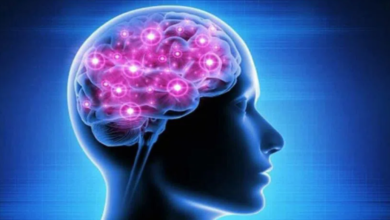Indian-Origin Scientist’s ‘E-Skin’ Makes Robots Feel The Pain Of Being Human

Who would’ve thought that we would have utility for robots that can feel pain? A team of scientists led by Indian-origin engineer has created “e-skin” capable of feeling pain. In turn, this could facilitate the creation of new generation robots.
Pain isn’t the underlying purpose of this line of enquiry. As Professor Ravinder Dahiya from the University of Glasgow put it, the feat could help scientists create neuromorphic printed e-skin that can respond appropriately to stimuli. “The development of this new form of electronic skin didn’t really involve inflicting pain as we know it – it’s simply a shorthand way to explain the process of learning from external stimulus,” Dahiya explained.
How was the skin developed?
Using a new type of processing system based on synaptic transistors, scientists developed artificial skin. In essence, the skin is able to mimic human brain’s neural pathways to learn.
In fact, a robot hand that used the e-skin was able to learn to react to external stimuli. “What we’ve been able to create through this process is an electronic skin capable of distributed learning at the hardware level, which doesn’t need to send messages back and forth to a central processor before taking action. Instead, it greatly accelerates the process of responding to touch by cutting down the amount of computation required,” Dahiya said.
What would be its purpose?
First off, robots of the future could be more human-like with the ability to differentiate pain from pleasure, or to just respond to different stimuli appropriately. Holding a piping hot cup of coffee? Your robot ought to feel the pain to become more human-like.
In addition, it could also aid the development of prosthetic limbs that are capable of “near-human levels of touch sensitivity.”
The research is inspired by how the human brain works and communicates different sensations to facilitate appropriate reaction. Their paper titled “Printed Synaptic Transistors based Electronic Skin for Robots to Feel and Learn” was published in the journal Science Robotics on Wednesday







